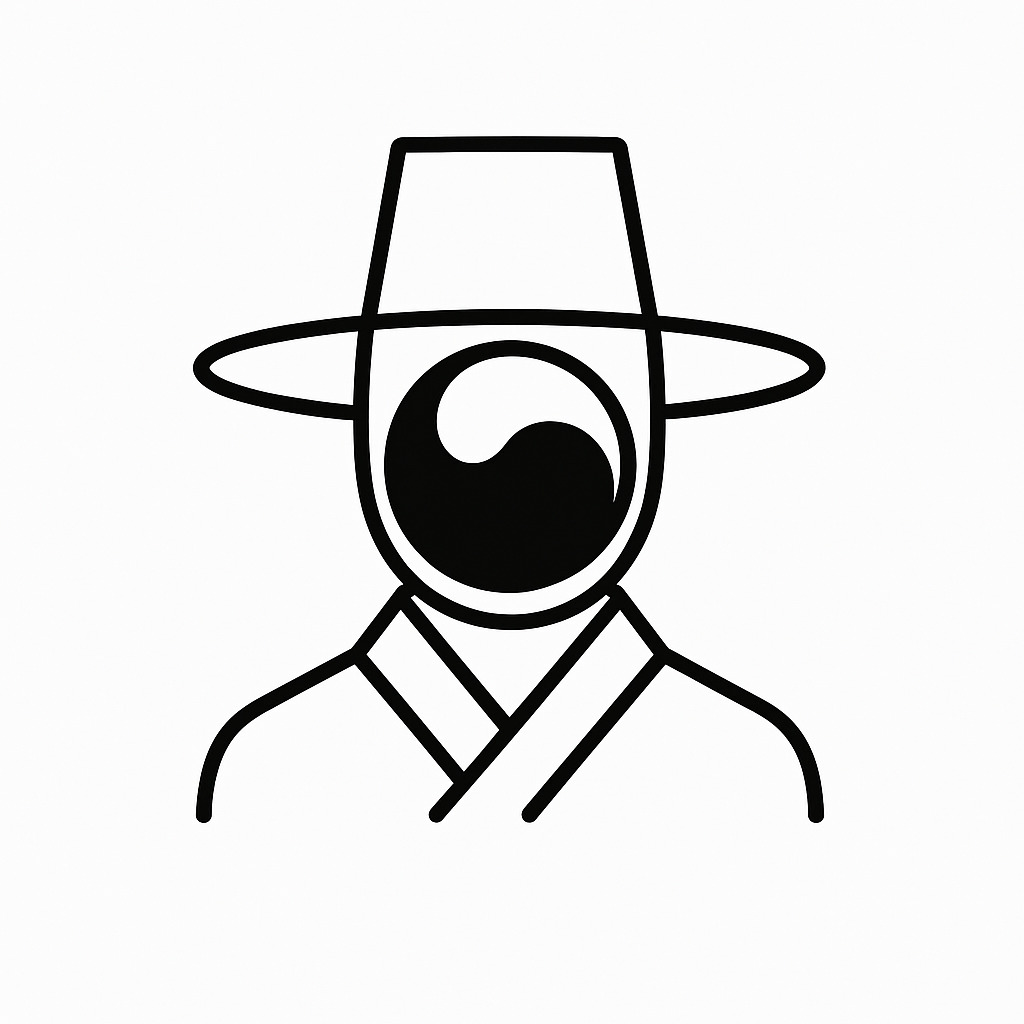Korea is known for its sharply defined four seasons, each offering unique experiences and cultural nuances.

🌸Spring begins with a burst of color as cherry blossoms, azaleas, and forsythias bloom across the country. However, this beauty is often accompanied by yellow dust (hwangsa), a fine sand blown from China’s deserts, which can cause respiratory discomfort and hazy skies. Despite this, spring remains a cherished time for outdoor strolls and flower festivals.


☀️ Summer in Korea is hot and extremely humid. Temperatures often soar above 30°C (86°F), and the air feels thick with moisture. Thankfully, air conditioning is ubiquitous—schools, government offices, public transport, and shops all maintain cool indoor environments, offering relief from the sweltering heat. To beat the heat, Koreans enjoy icy dishes like naengmyeon (cold noodles) and bingsu (shaved ice with sweet toppings). Interestingly, many also turn to spicy or boiling hot soups like yukgaejang or samgyetang, sweating intentionally to cool down through evaporation—a counterintuitive but culturally rooted practice.

🍂 Autumn is arguably Korea’s most beloved season. With mild temperatures, clear skies, and vibrant foliage, it’s often described as “cheongomabi,” meaning “high sky and fat horses”—a phrase symbolizing abundance and comfort. Fashion lovers rejoice in layering light clothes, expressing their style in creative ways. Yet, autumn has its quirks: ginkgo trees drop their fruit, which emits a pungent odor reminiscent of feces. Koreans tread carefully to avoid stepping on them, though roasted ginkgo nuts are a seasonal delicacy that smells nothing like their raw form. Sadly, autumn passes quickly, leaving many wishing it would linger longer.

❄️ Winter in Korea is bitterly cold, with temperatures frequently dipping below freezing. Most Koreans wear long padded coats, and black is the dominant color—practical, stylish, and stain-resistant. Foreign visitors are often surprised to see crowds of people dressed in nearly identical black parkas. There’s even a saying that Koreans carry 3,000 won in cash during winter, just enough to buy warm street snacks like tteokbokki, eomuk (fish cake), or bungeoppang (fish-shaped pastry filled with red bean). Another winter staple is the mandarin orange, or “gyul,” grown in the southern island of Jeju. Seasonal activities like sledding and ice fishing add to the charm of Korea’s cold months.
With such vivid seasonal contrasts, Koreans often say, “A couple should experience all four seasons together before getting married.” After all, each season brings its own stories, moods, and memories—just like life itself.

답글 남기기